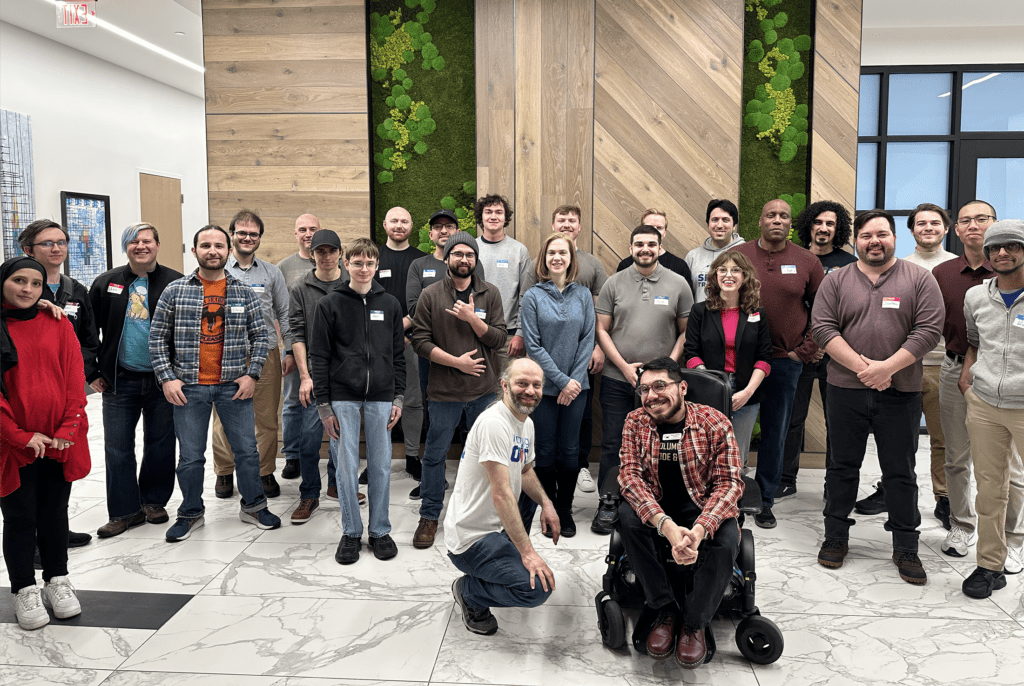
This month, we are starting out with our first post in our Tech Term Series. Oftentimes those who end up working closely with a dev team do not know all the lingo that goes with it. Nonetheless, we are here to help you become an informed student of the trade.
So this week, we are tackling CMS. C-M-what? You mean the CMA Awards in Nashville? No. CMS – also known as, Content Management System. CMS is defined as, “…a software application or set of related programs that are used to create and manage digital content.” In other words, a content management system helps you manage your content easily. In your CMS, you will find two things: a content management application (CMA) and a content delivery application (CDA). These two applications combined allow for you to be able to add or delete from your website without having to have any coding knowledge.
In essence, it just makes life easier for non-dev people.
Below is a list of content management systems you may be trying to choose between or come across as you work with a web design agency. One thing to keep in mind is the difference between open-source and proprietary. An open-source system is something that anyone can modify, inspect, or share because it is accessible. A proprietary system is just the opposite. The code in a proprietary system can only be modified by the company who created it and controls it.
Here’s a list of the most popular content management systems:
-
- WordPress (WP): WordPress is an open-source CMS that is most associated with blogging. WP recently came out with a new update (the last one was in 2005), and it has been causing a huge buzz.
- Adobe Dreamweaver: Adobe Dreamweaver is a proprietary CMS that uses a visual design surface and a code editor to enable you to design and code your site while viewing changes as they are coded.
- Drupal: Drupal is a popular open-source CMS that powers many government, higher education, and nonprofit organization sites. It is free and will always be free according to the team at Drupal.
- Magento: Specifically for e-commerce, Magento is an open-source CMS platform that many retailers and brands use. They also work with many B2B companies as well.
- Shopify: Shopify is a proprietary e-commerce platform that many people use to manage different aspects of their business. In addition to working with larger brands, Shopify has pricing plans that cater to smaller businesses.
Out of all of these, can you guess which one is the most popular?
If you guessed WordPress, then you should give yourself a pat on the back because that is correct! WordPress is currently powering 30 percent of websites right now. And while many of you may think, “Yes, but that’s just blogs and tiny websites,” WP also powers 14 of the top 100 websites in the world. Ever heard of Forbes, CNN, or UPS? Pretty impressive!
At Buckeye Interactive, we specialize in WordPress sites. We also build on Laravel and Drupal! If you prefer to work with a different CMS, just let us know, and we can help guide you to the best digital strategy for your brand.
By now, we hope you’re hooked on the term CMS and its uniqueness. We encourage you to do some more digging on your own and tweet or comment your thoughts and finds! Don’t let your learning stop here.





